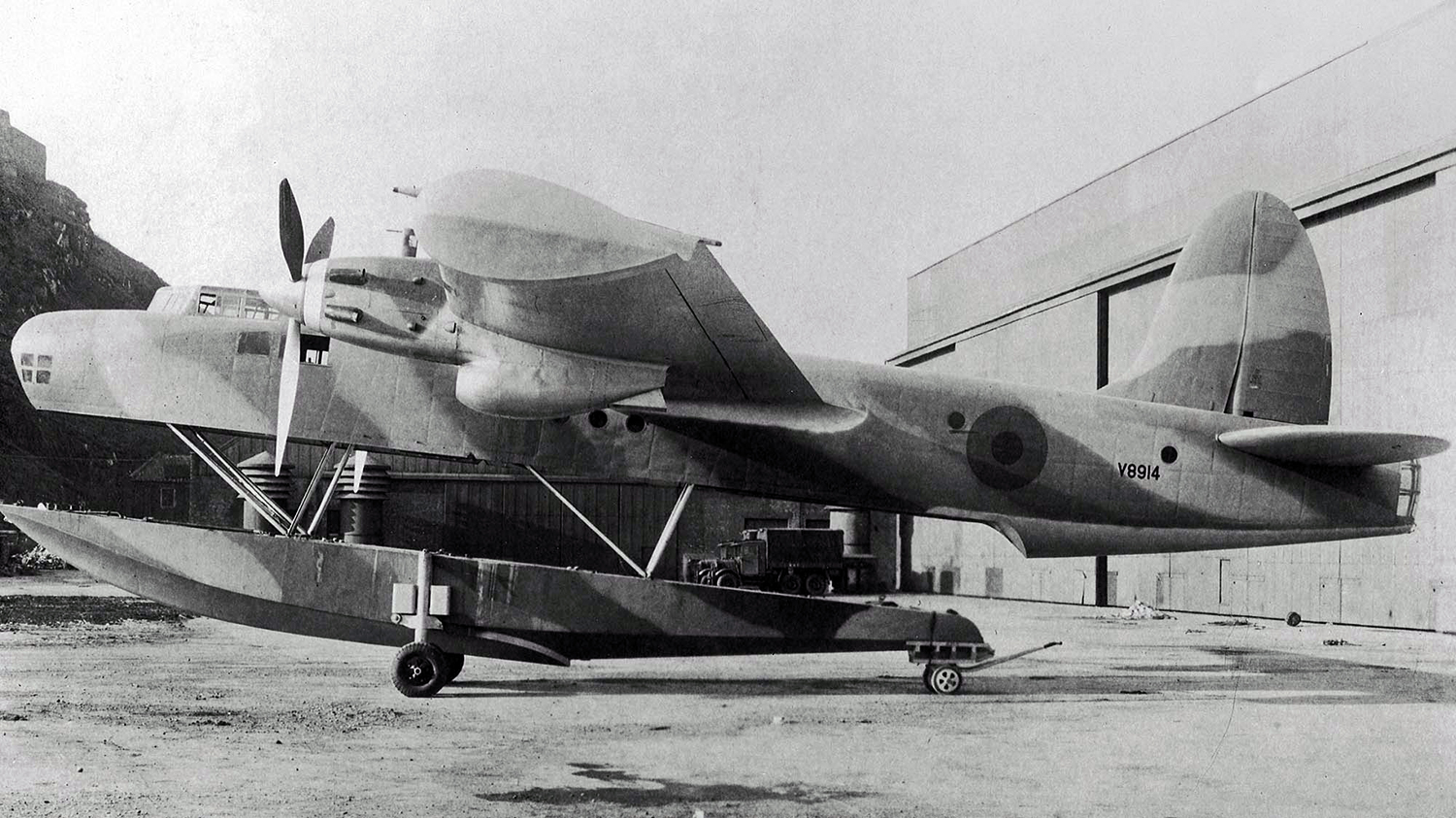Crash of a Fokker F22 into the Loch Tarbert: 20 killed
Date & Time:
Jul 3, 1943 at 1715 LT
Registration:
HM159
Survivors:
No
Schedule:
Tiree - Glasgow
MSN:
5360
YOM:
1935
Crew on board:
4
Crew fatalities:
Pax on board:
16
Pax fatalities:
Other fatalities:
Total fatalities:
20
Circumstances:
En route, the four-engine aircraft caught fire and crashed into the Loch Tarbert, some 300 yards off shore. All 20 occupants were killed.
Probable cause:
It is believed the in-flight fire was caused by a cigarette.




